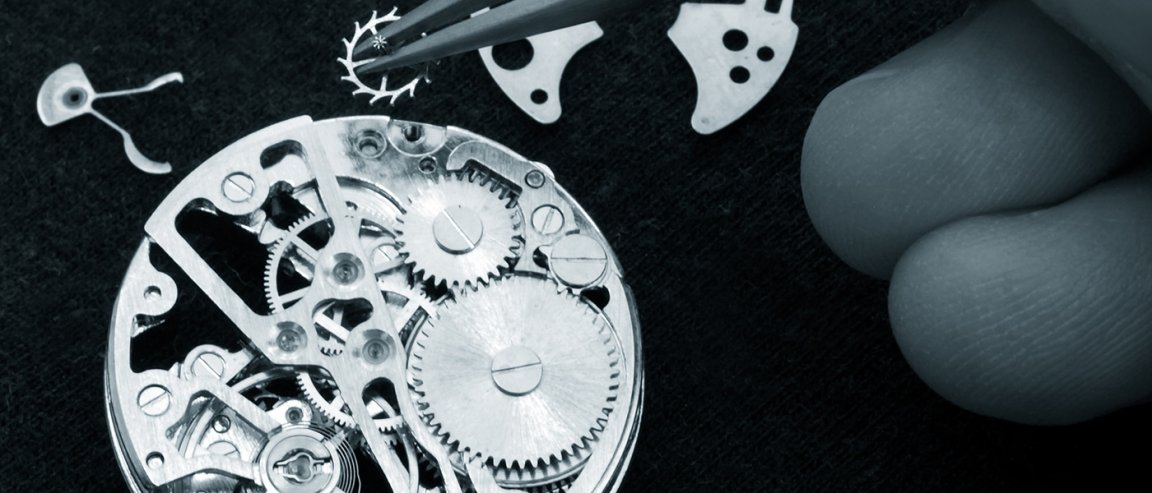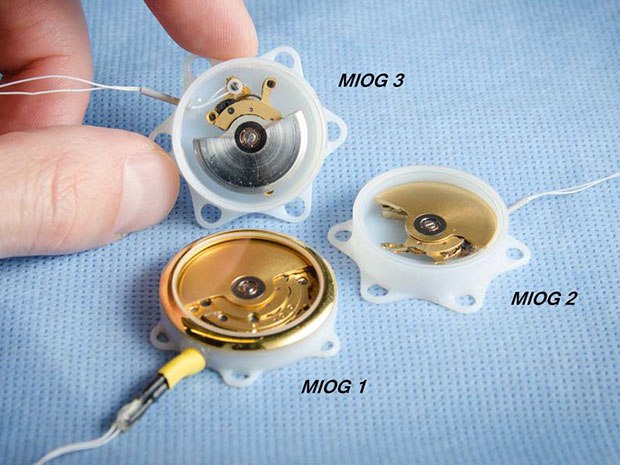
Pacemakers are devices implanted in a patient’s chest to treat arrhythmia, also known as an irregular heartbeat. The trouble with pacemakers, though, is that they need a battery to operate, and batteries drain and need changing. This is a problem when that battery lives two inches inside someone’s chest, and right now, patients are subjected to invasive procedures to replace their pacemaker’s batteries every few years.
Now, researchers Andreas Haeberlin of the University of Bern and Adrian Zurbuchen of the University of Michigan have developed an ingenious way to bypass the need to change batteries in life-saving pacemakers. They propose repurposing the inside of a watch to form a symbiotic relationship between the heart, the watch mechanism, and the pacemaker.

The new technology harnesses the kinetic energy of a beating heart to power the pacemaker that regulates the beating of the heart, forming a perfect loop of power transfer. The heart powers the device, which powers the heart, which ensures the regular heartbeats. The authors wrote, “The continuous and powerful contractions of a human heart ideally qualify as a battery substitute.”
Swiss watches use automatic movement to operate. This means that the power to operate the watch is derived from the movement of the wearer’s wrist. A small weight, called a rotor, moves with the wrist, transferring energy to a spring where it is stored for use by the watch’s mechanisms. The researchers tinkered with the internal mechanism of a watch to adapt this ability of the rotor to turn wrist movement into stored energy into the ability to harness the kinetic energy of a beating heart.
When the researchers tested their tech in pigs, they found it could generate 6 microwatts of power, more than enough to operate a pacemaker. Their findings have been published in IEEE Transactions on Biomedical Circuits and Systems, and testing will continue for the next few years while the device is perfected.